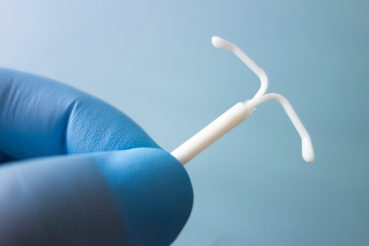Some women find it difficult to talk to their doctors about pain that they're experiencing in the pelvic area. Added to this, the source for this pain is often difficult to locate. Everything looks fine, yet the pain persists.
Vulvodynia and vaginismus are prime examples of this type of pain.
- Vulvodynia refers to the pain or discomfort that persists in the area around the outside of the vagina (specifically the vulva).
- Vaginismus is pain inside the vagina.
The pain and discomfort of both disorders is frequently not related to any apparent condition in the pelvic area, such as an infection or skin problem, which should be ruled out.
Many women needlessly suffer with these disorders and delay diagnosis. The important thing to remember is that treatment options are available.
Don't be shy
"Patients should be straightforward with information about any pain they are experiencing, no matter where it occurs in the body," says Sheila Dugan, MD, a physical medicine and rehabilitation specialist at Rush University Medical Center. "The first step is to be open and frank with your doctor."
"Please don't ever be shy about talking to your doctor. That's why we are here — to help you with any of your medical problems," says Dugan. "Once you communicate what's going on, we can start to look for solutions."
Finding the cause
There may be many causes for experiencing pelvic pain, including past trauma causing persistent muscle guarding, referred pain from a pinched nerve (like the pain felt in the fingers from carpal tunnel syndrome) or pain referred from another part of the body.
Please don't ever be shy about talking to your doctor. That's why we are here — to help you with any of your medical problems. Once you communicate what's going on, we can start to look for solutions.
"This kind of pain can be challenging, because it's difficult to find the cause," says Dugan. "Everything can appear normal on testing, even though you're feeling a true sensation of pain. The good news is that there are a number of treatment options for this type of pelvic pain, including medications, physical therapy, biofeedback, relaxation techniques and injections, if needed."




